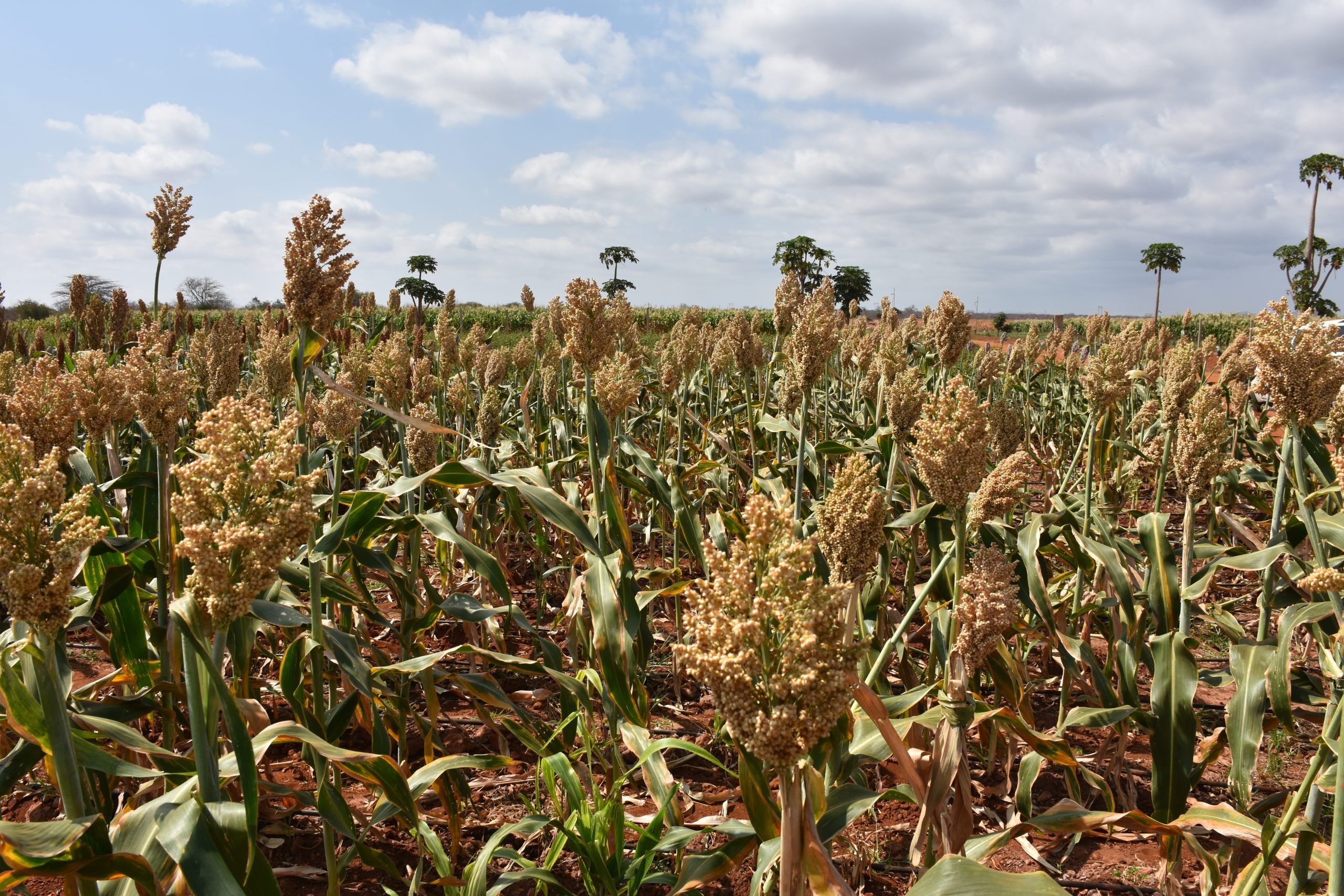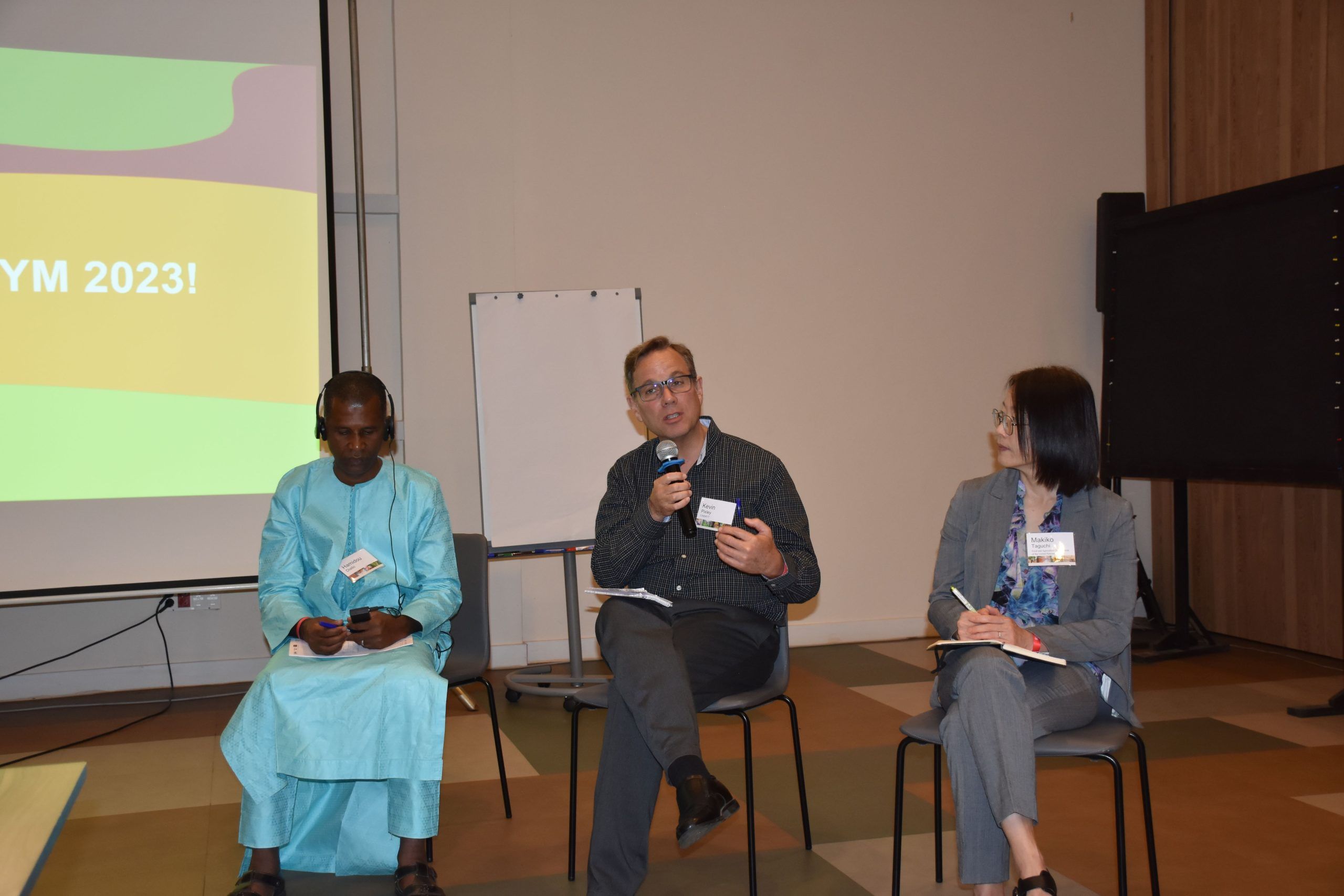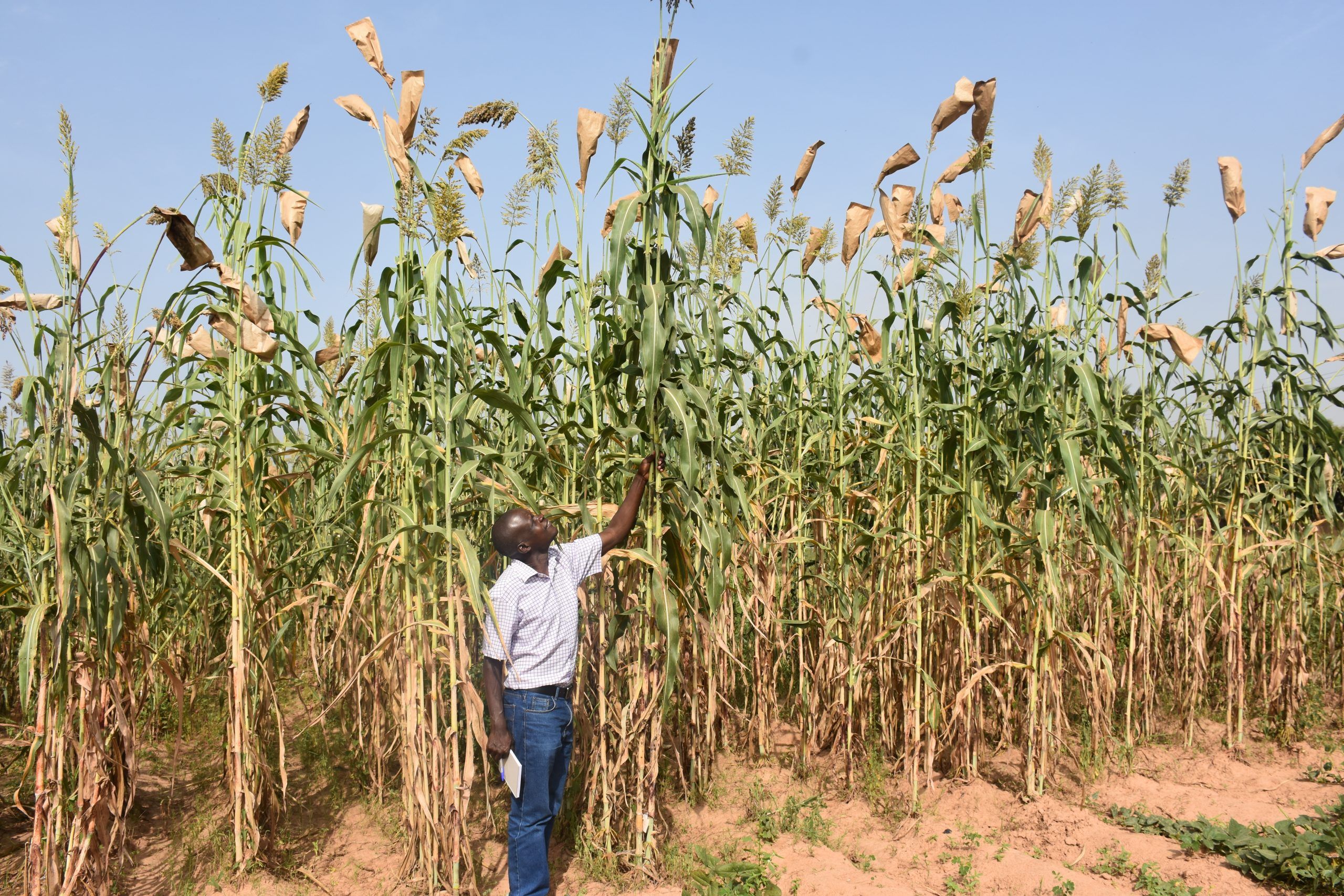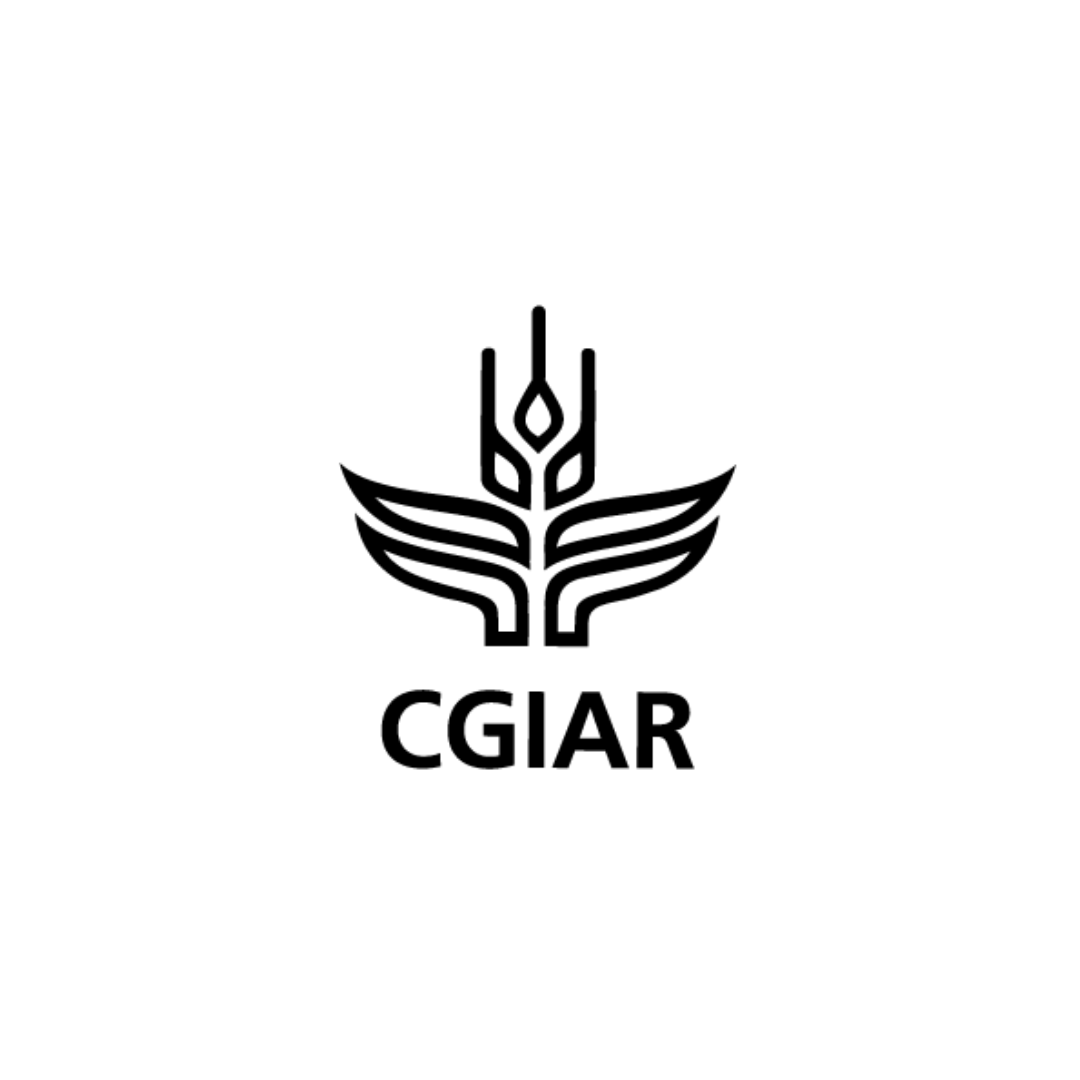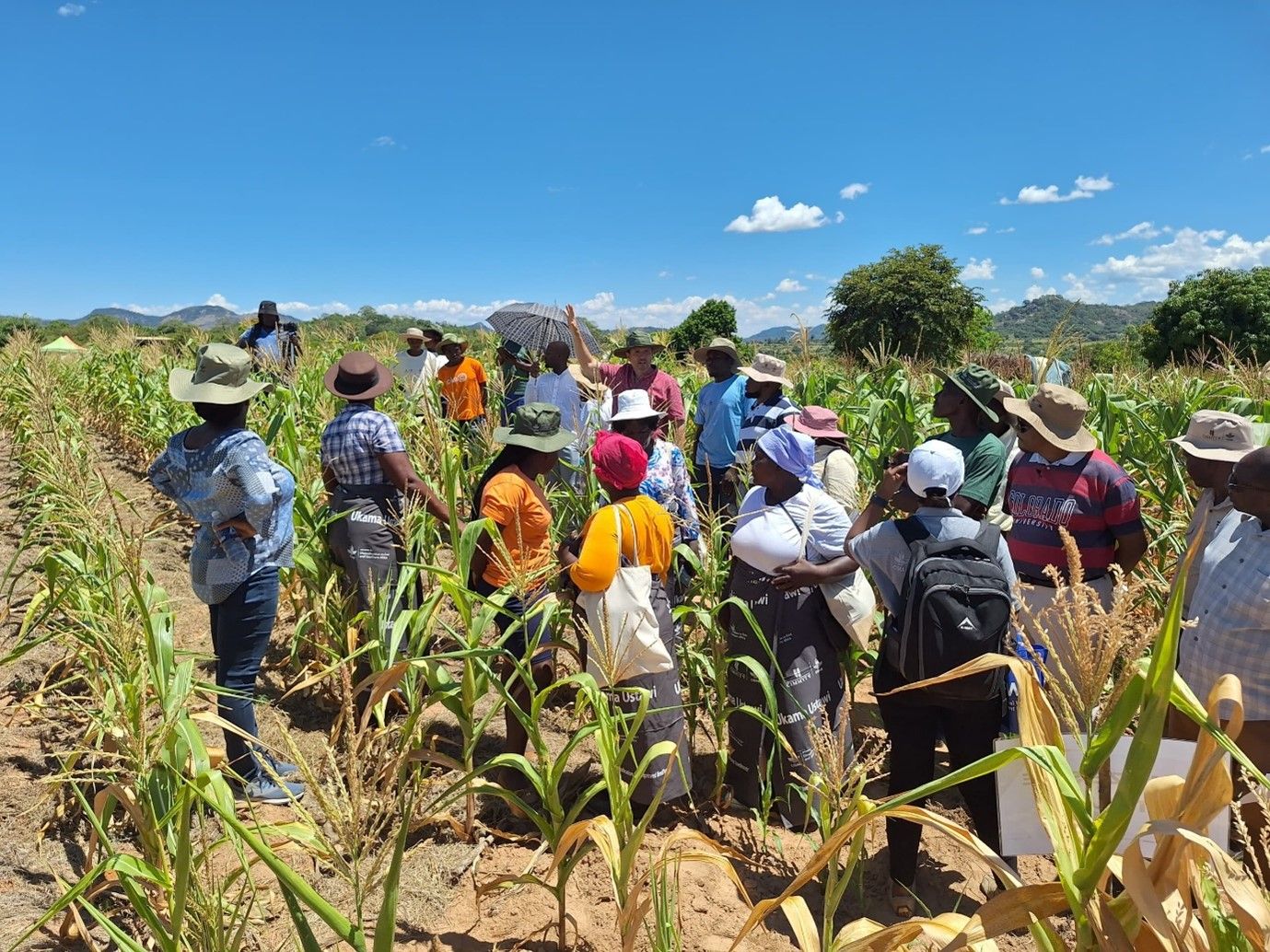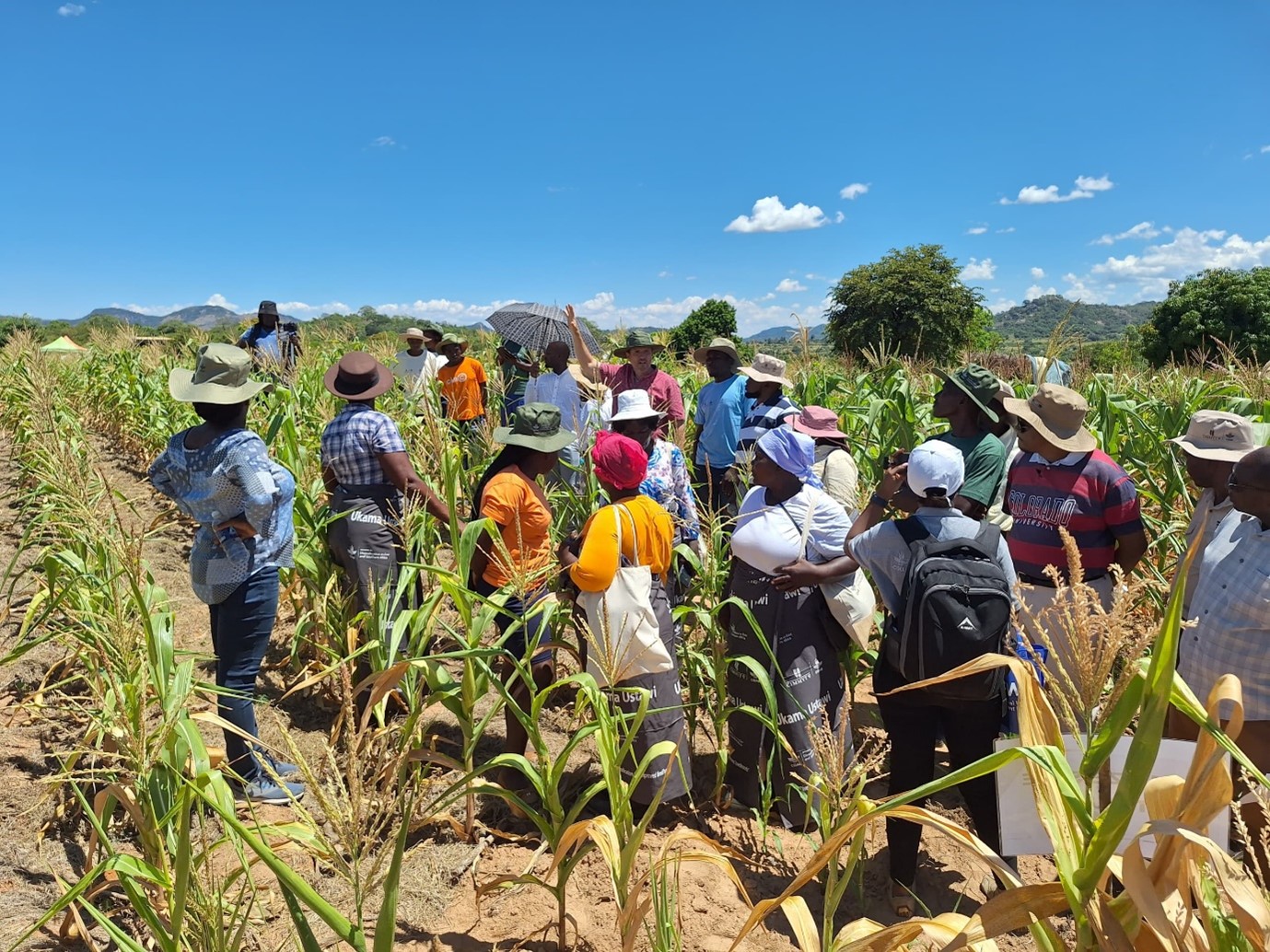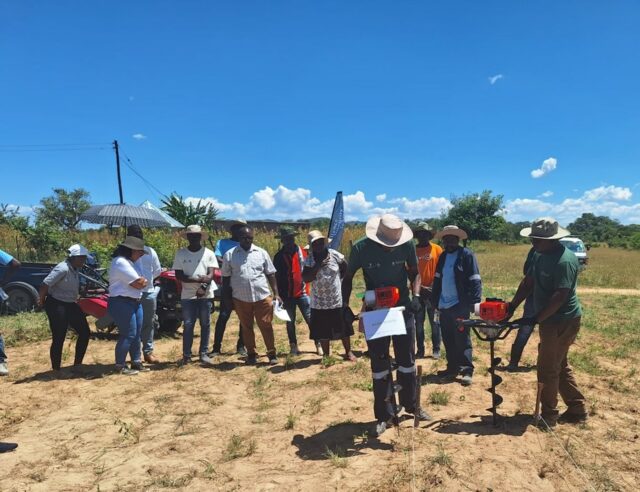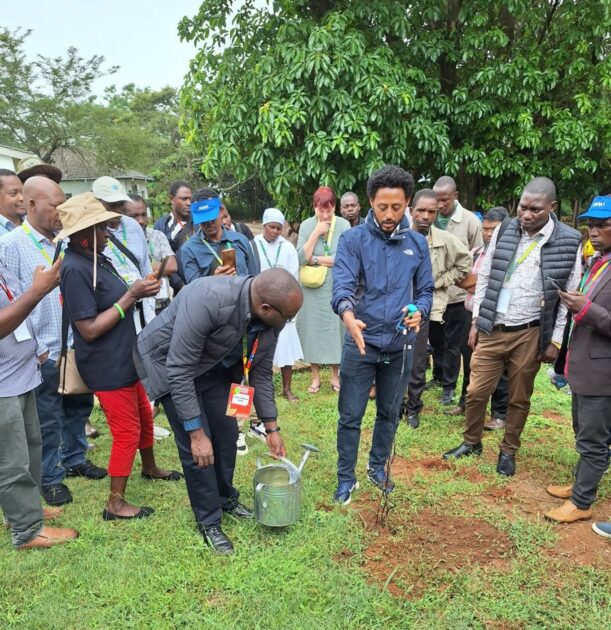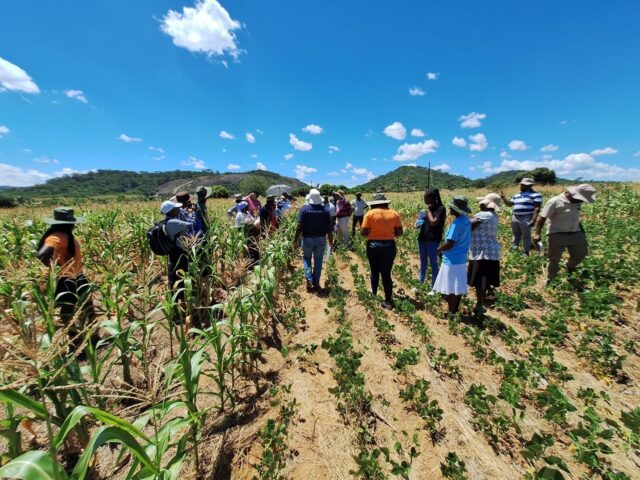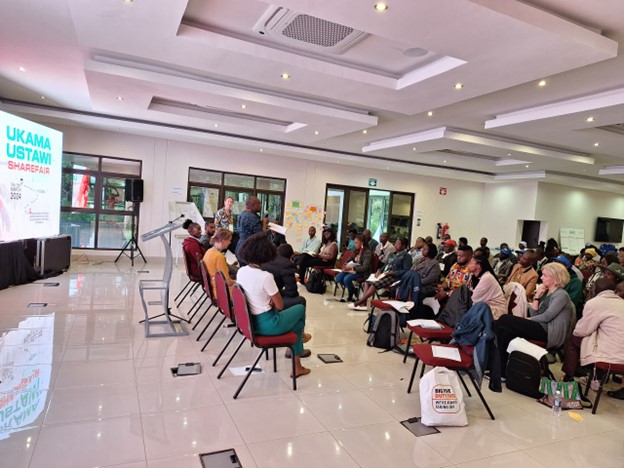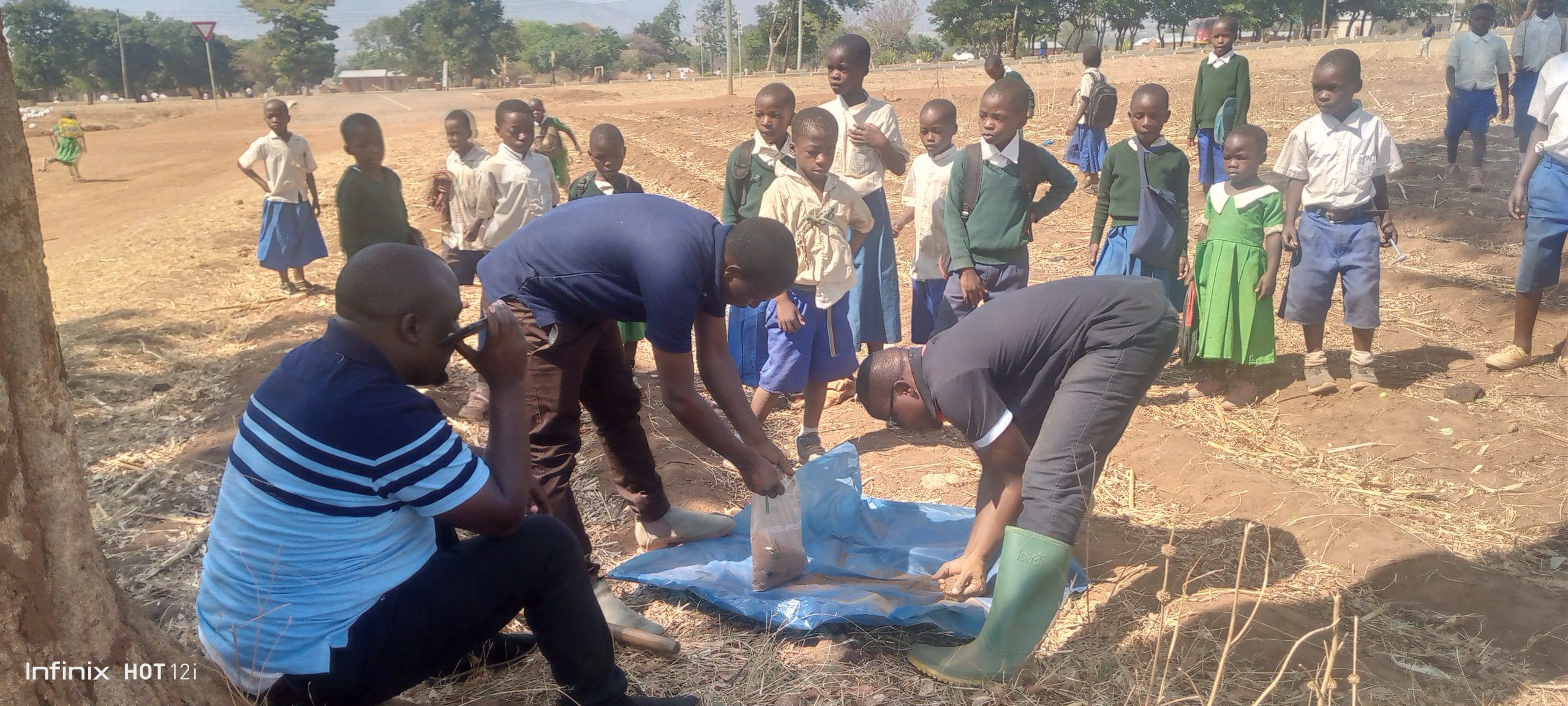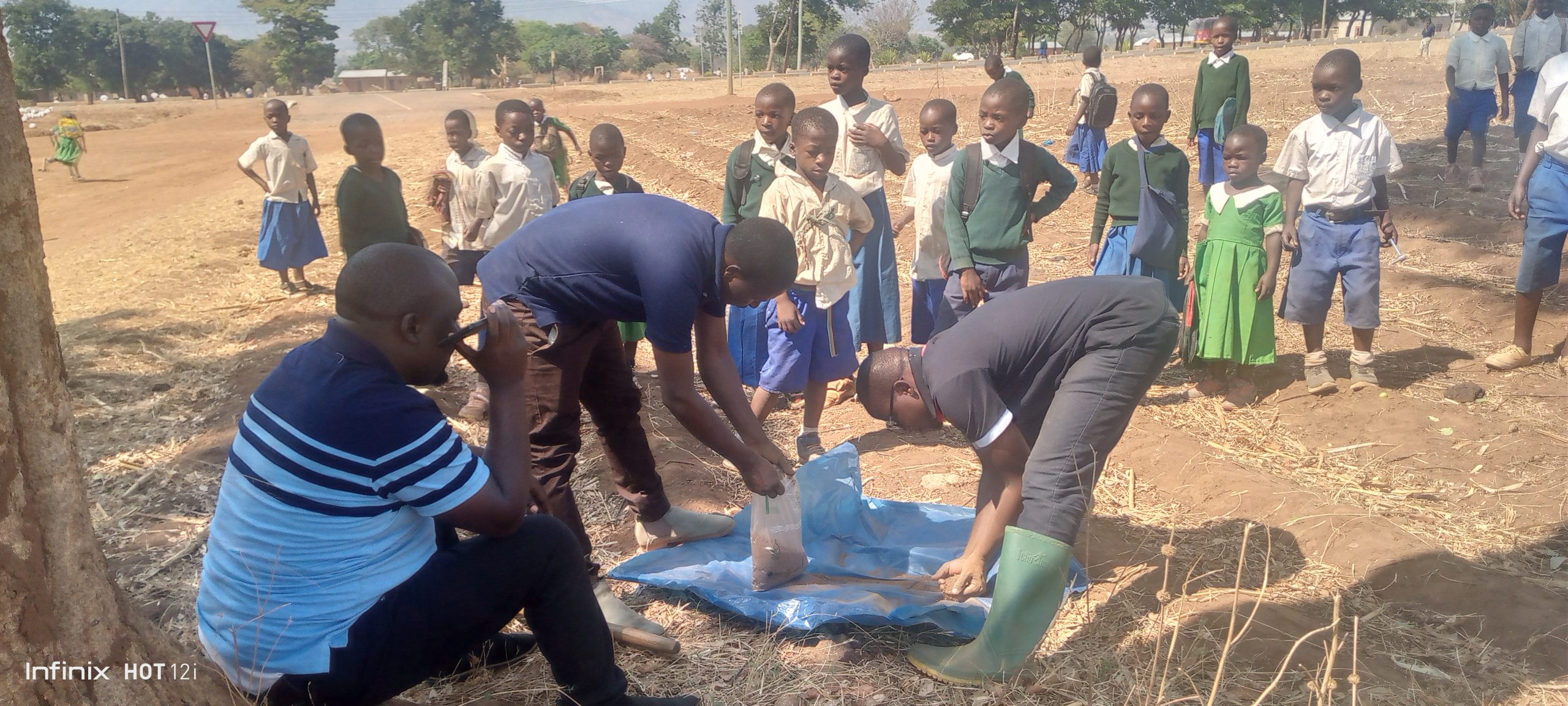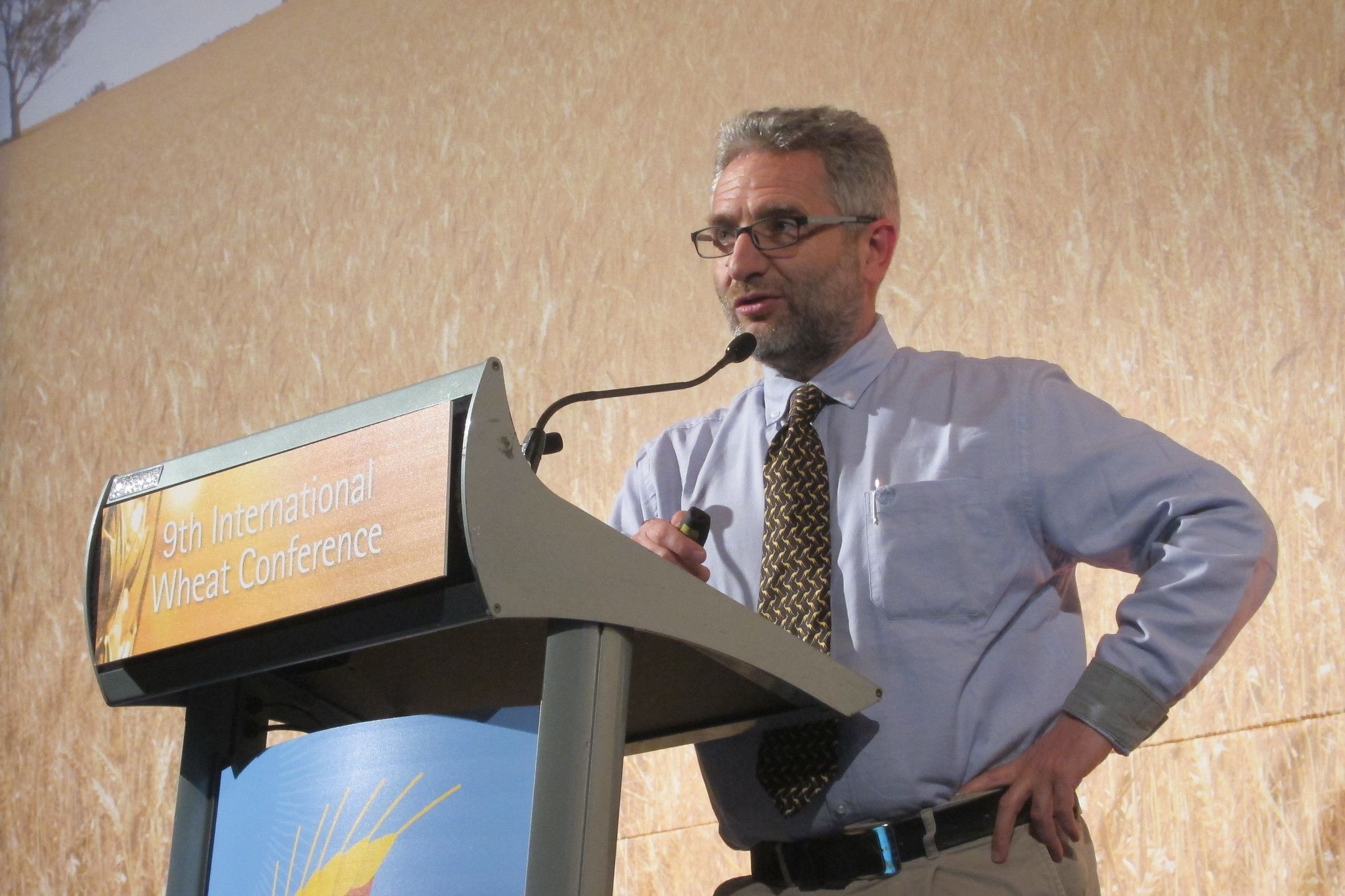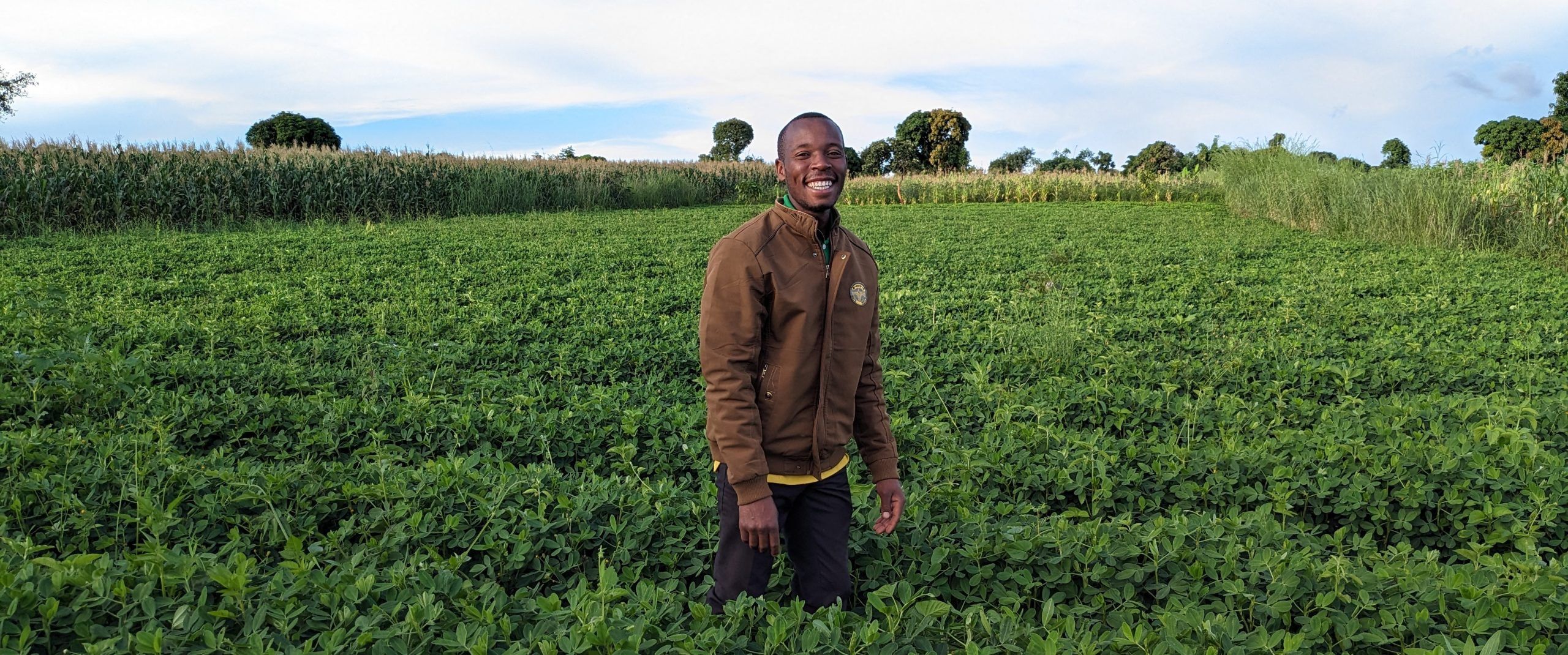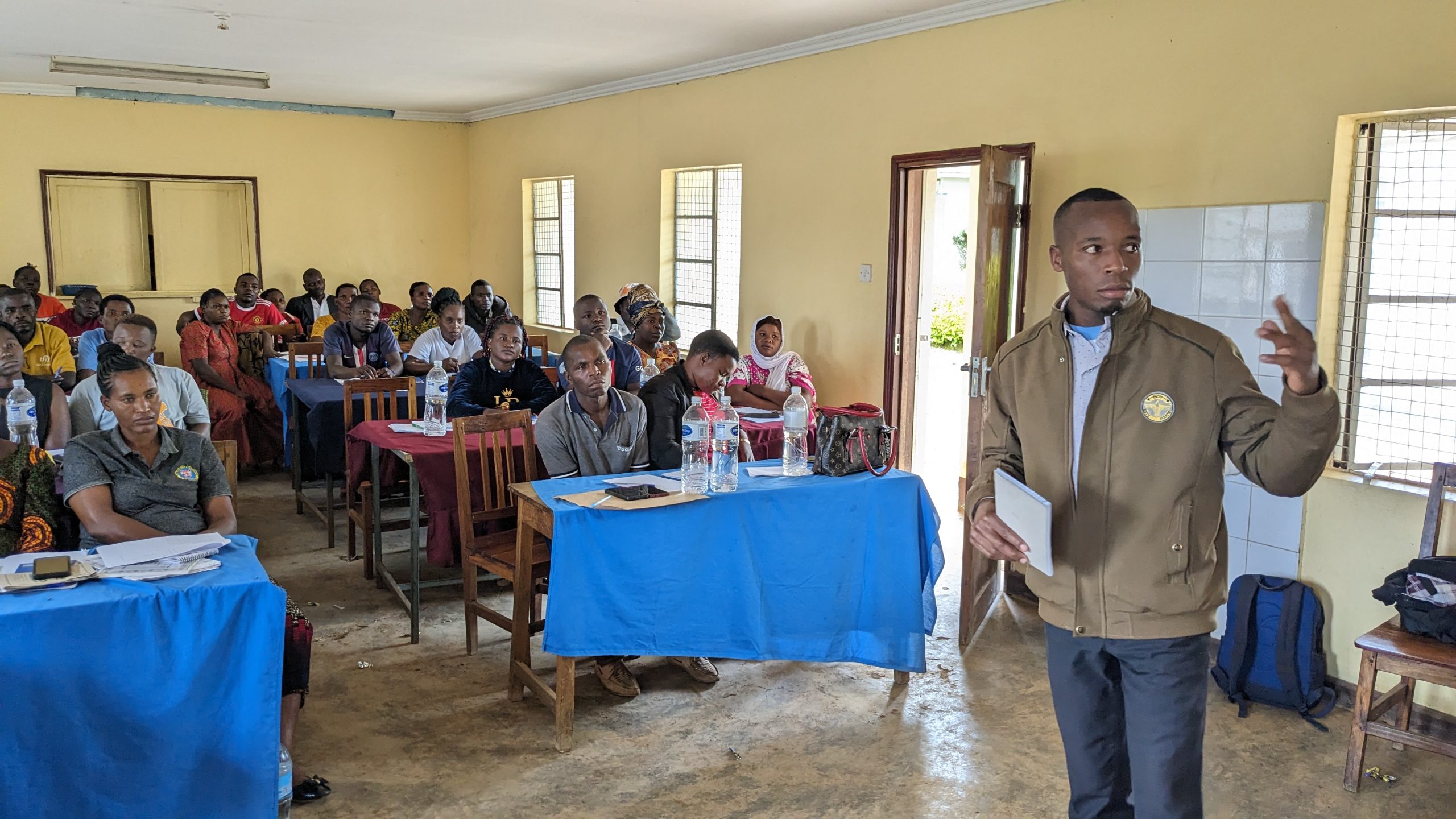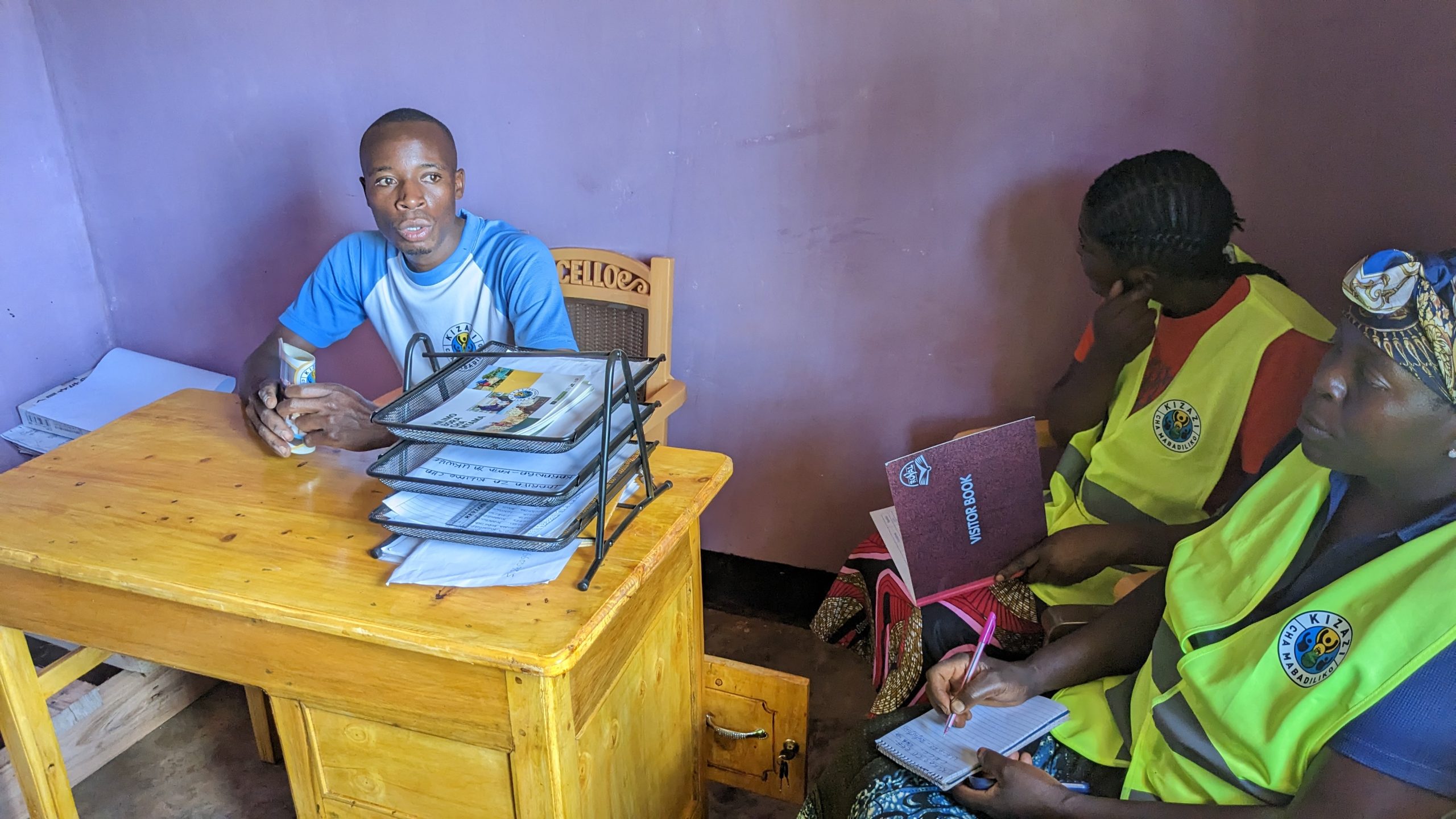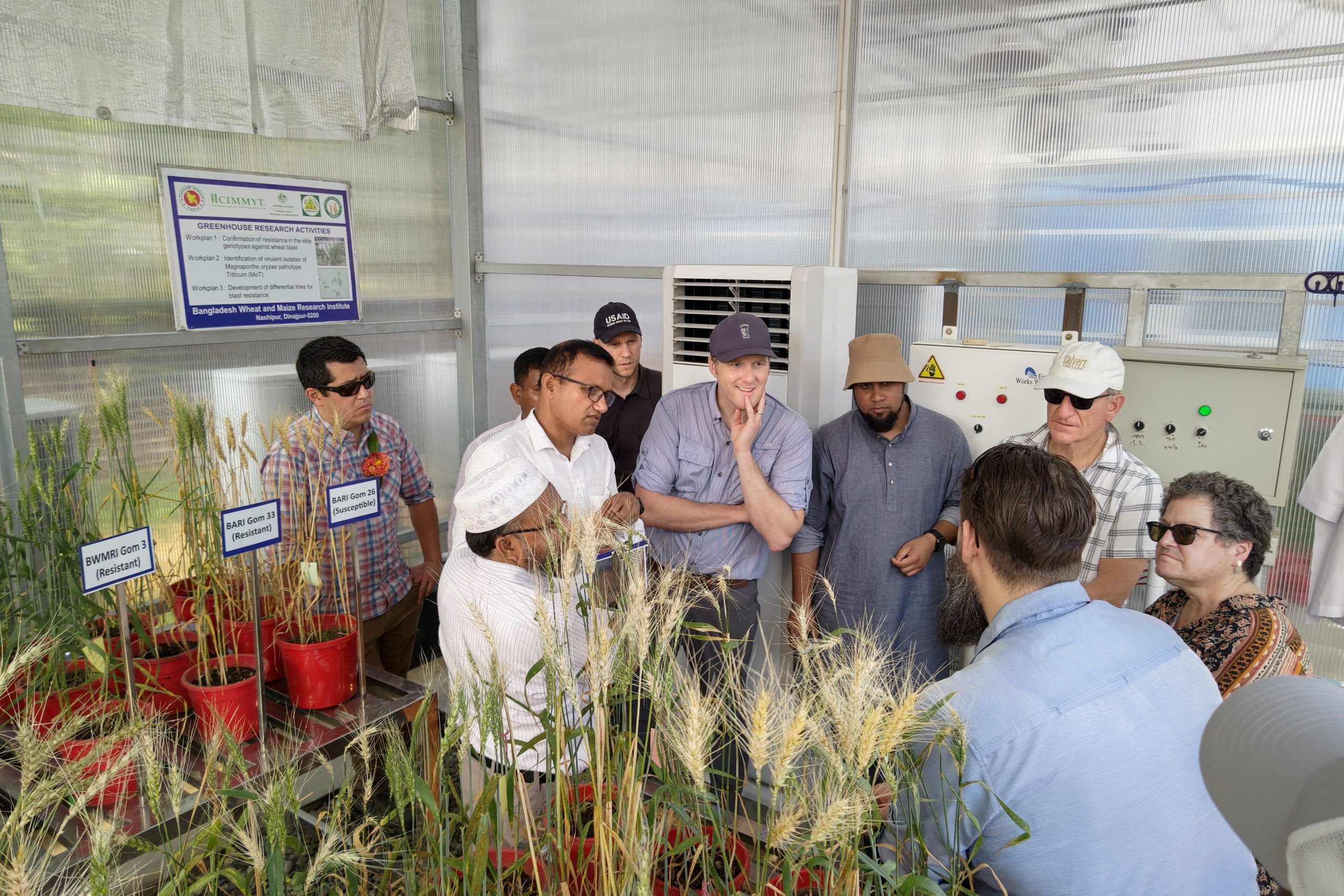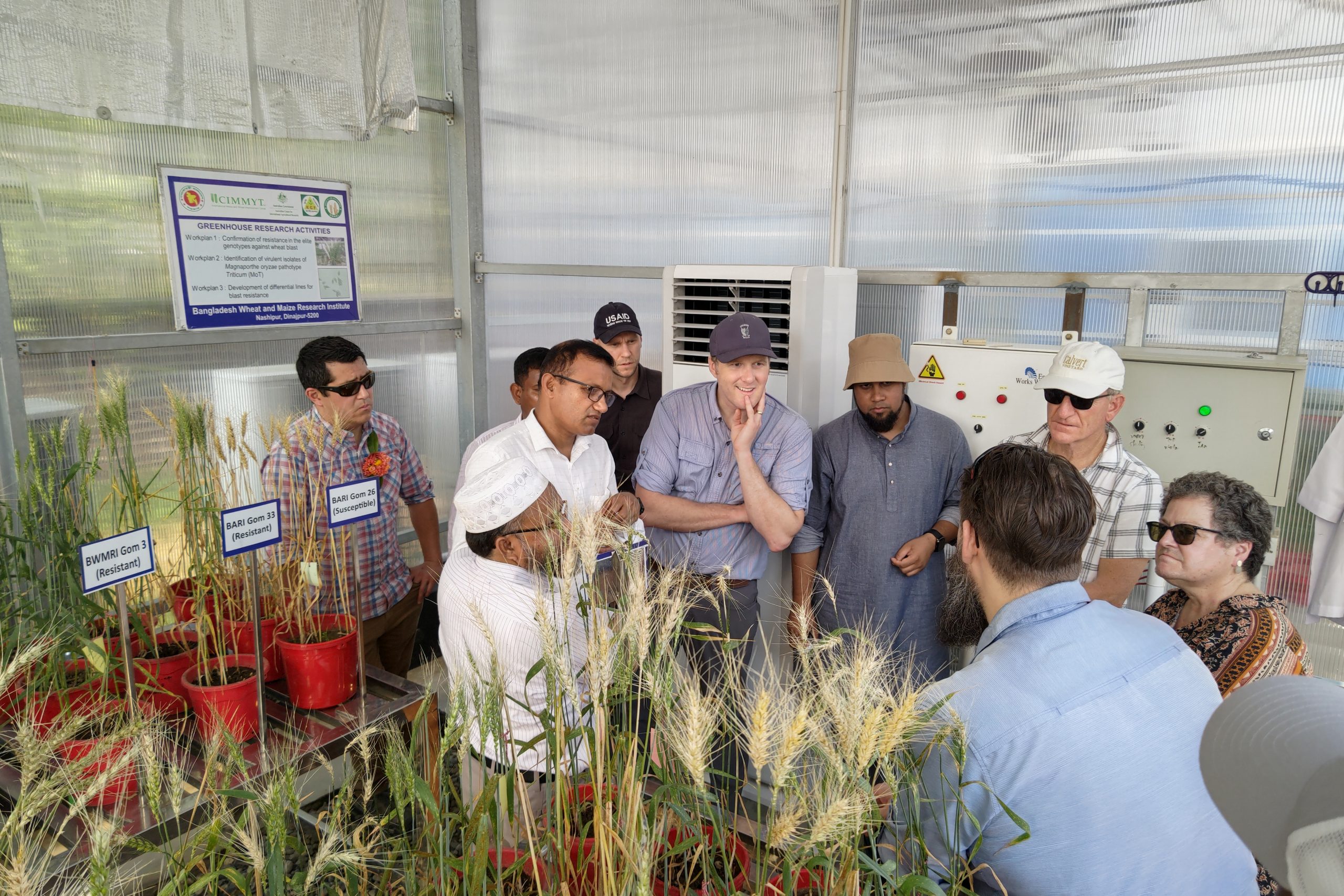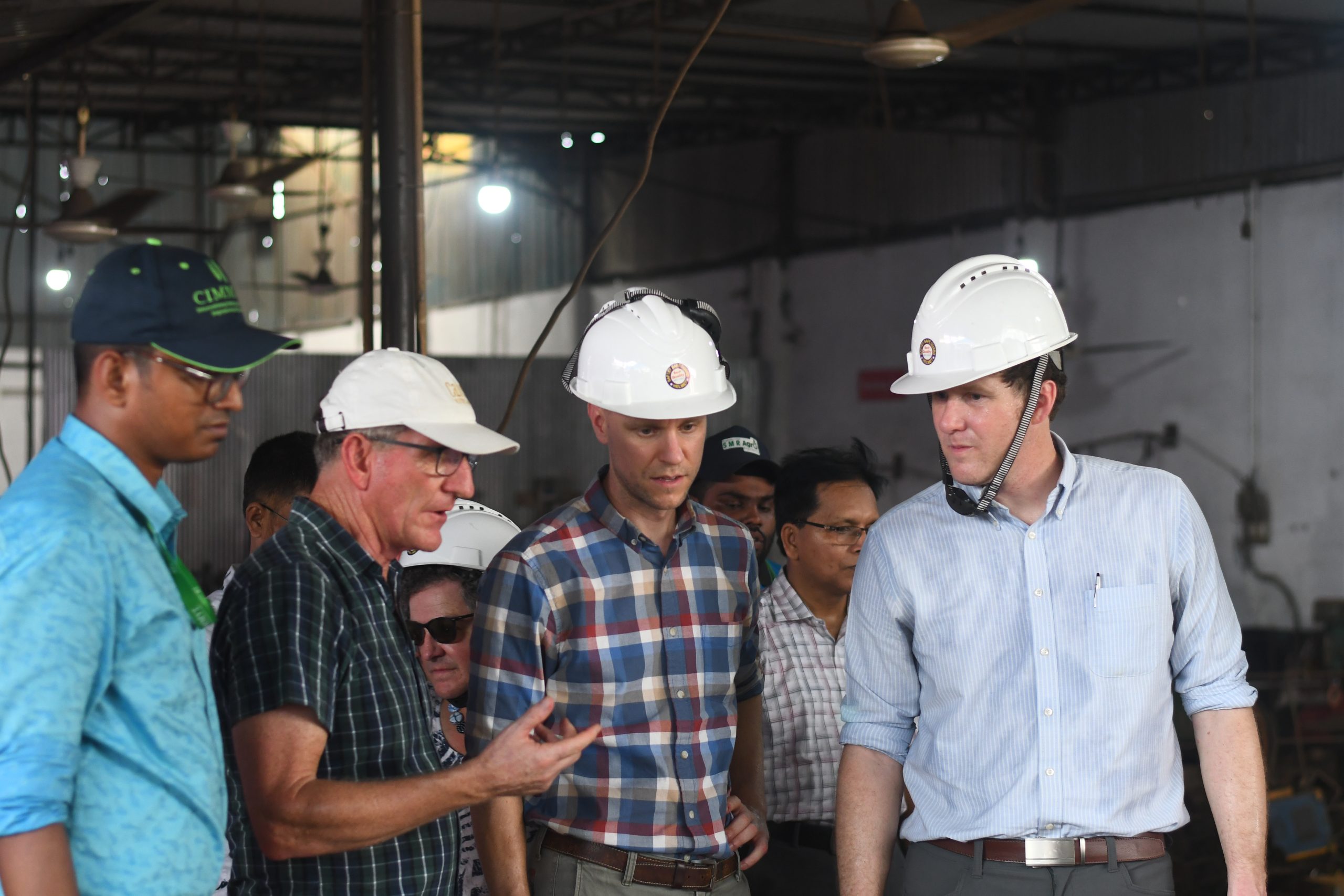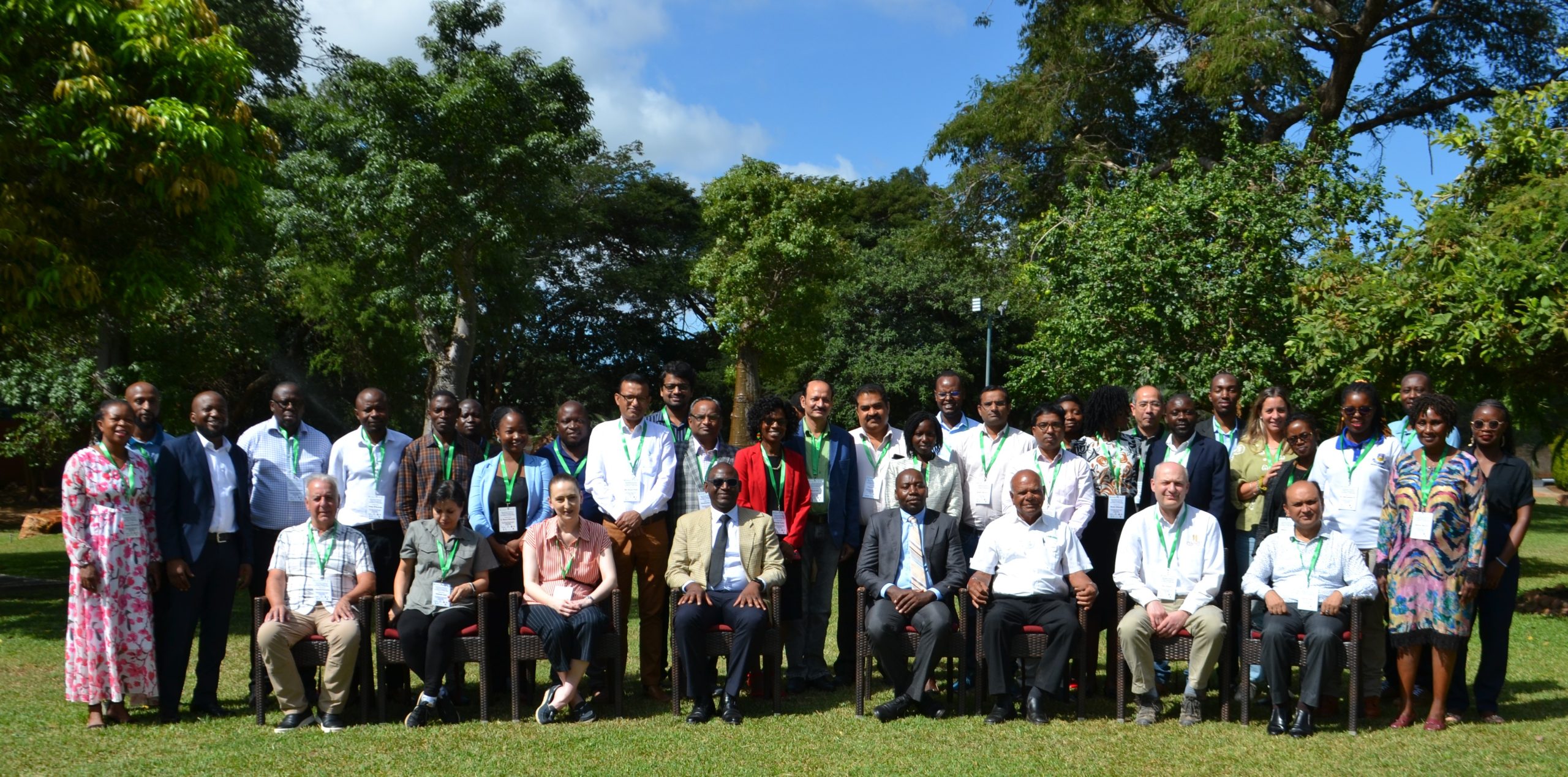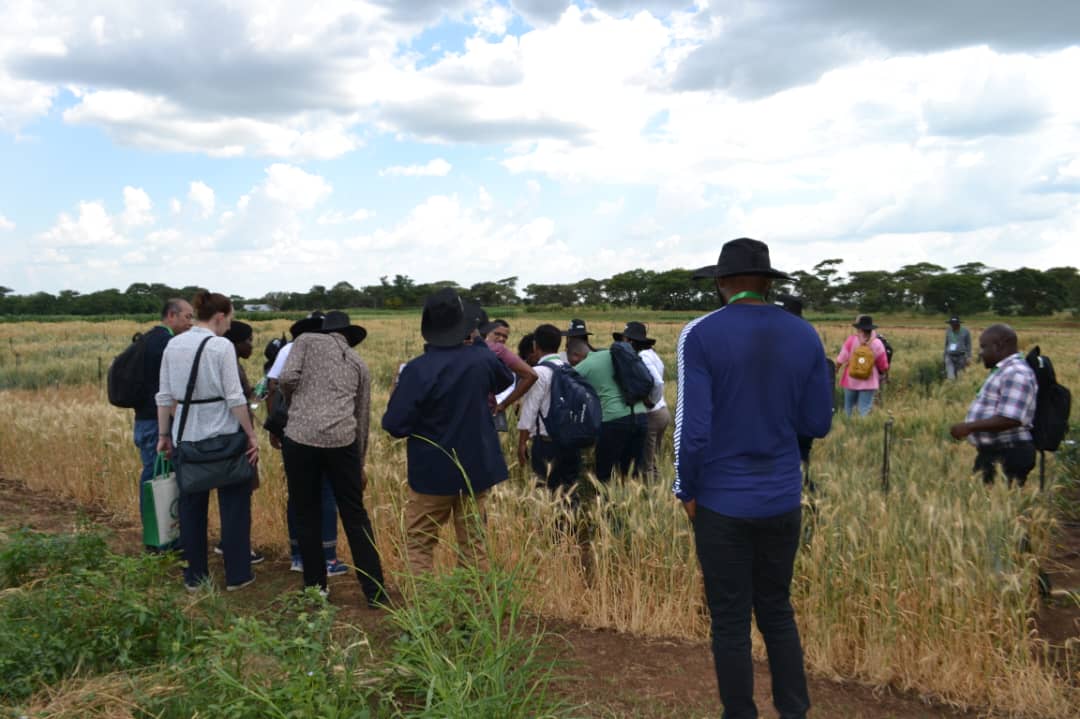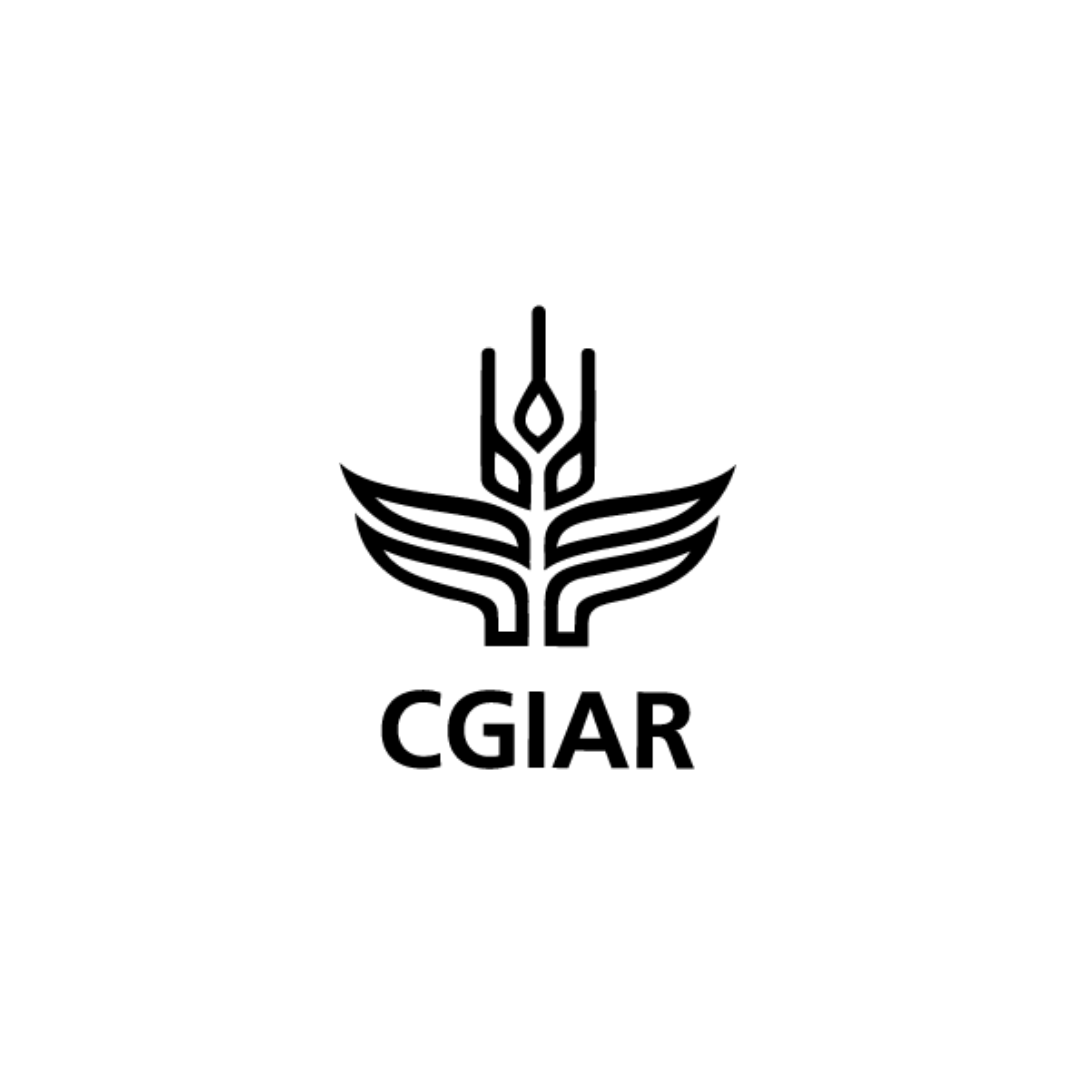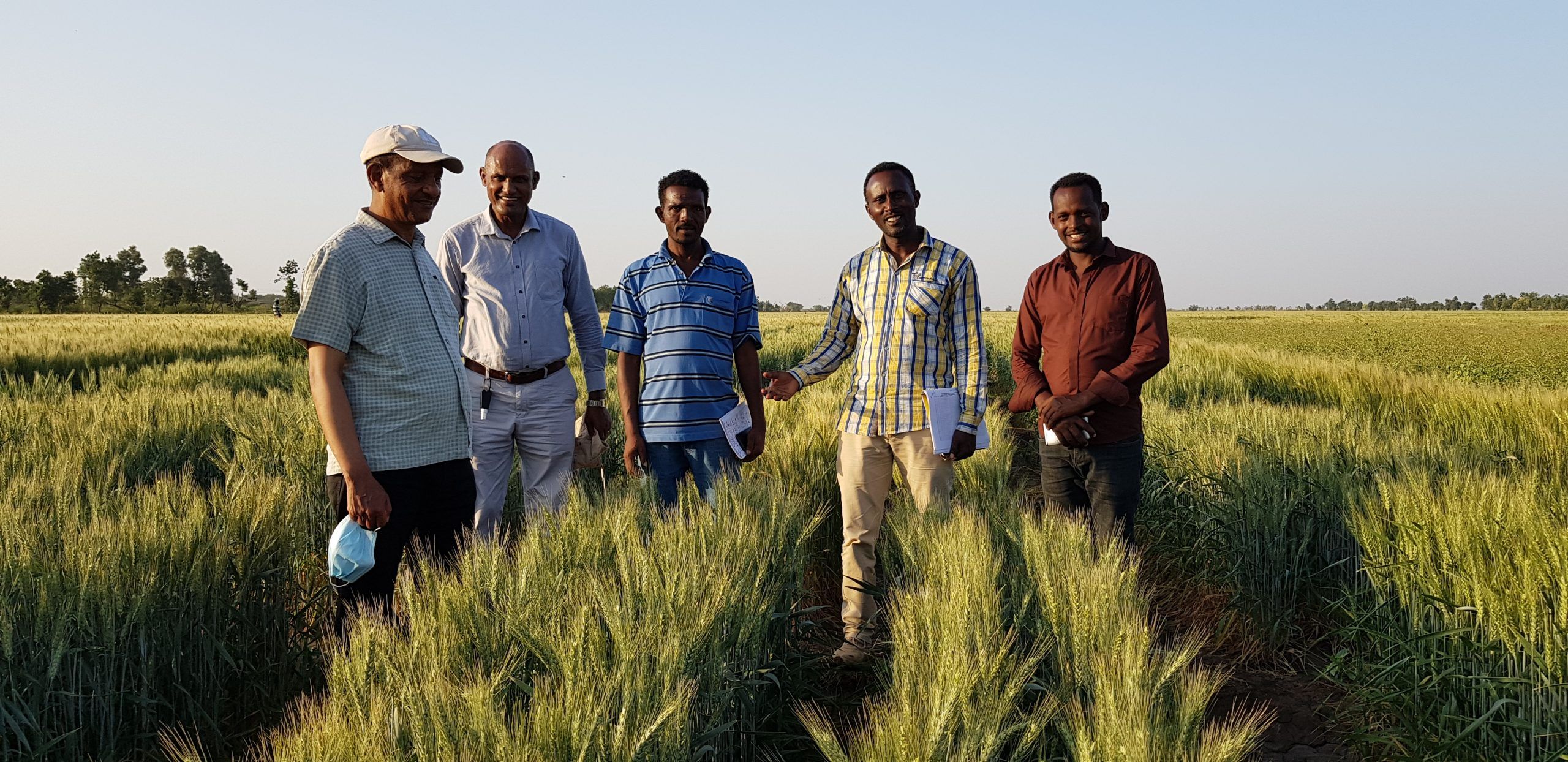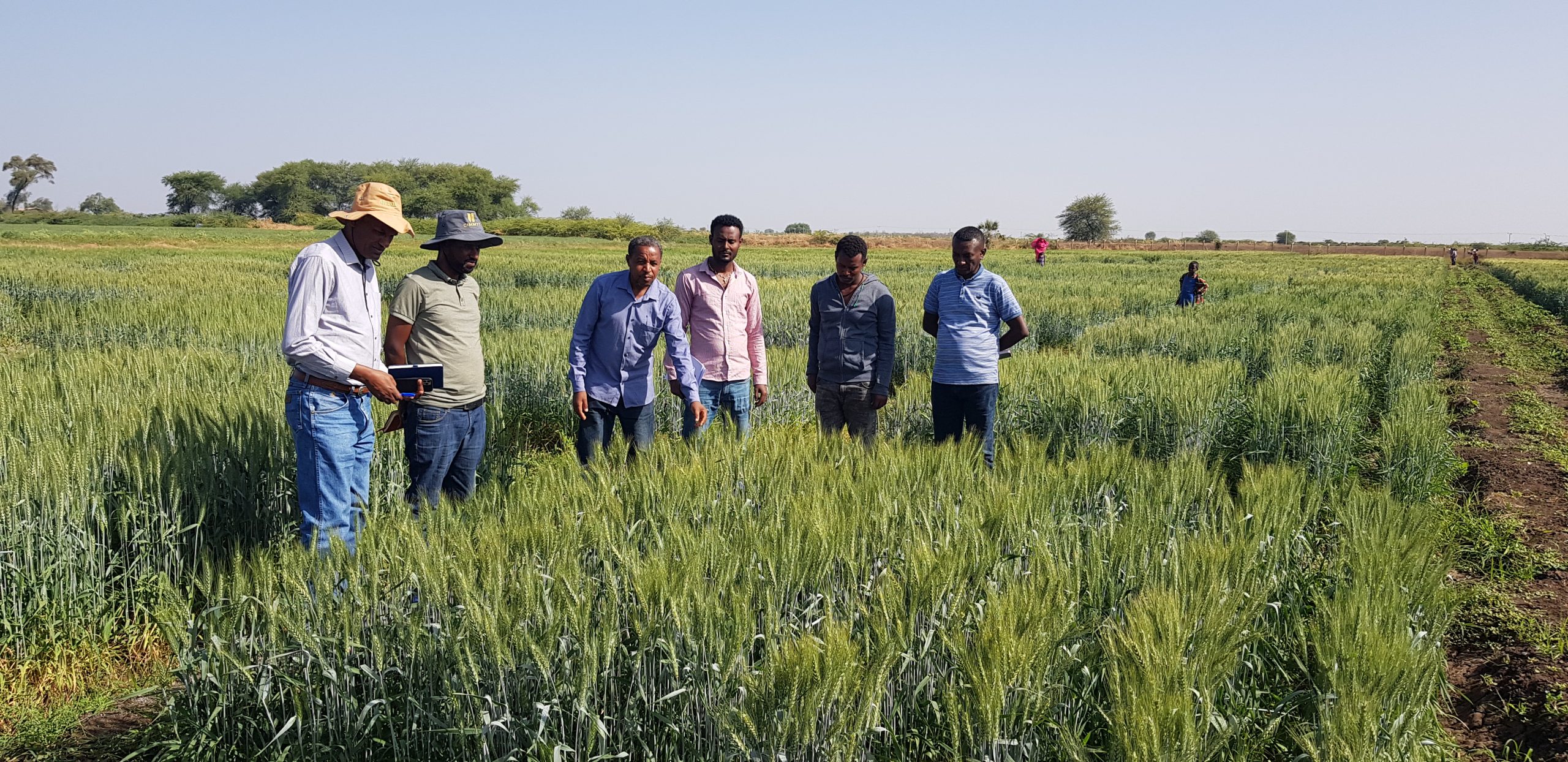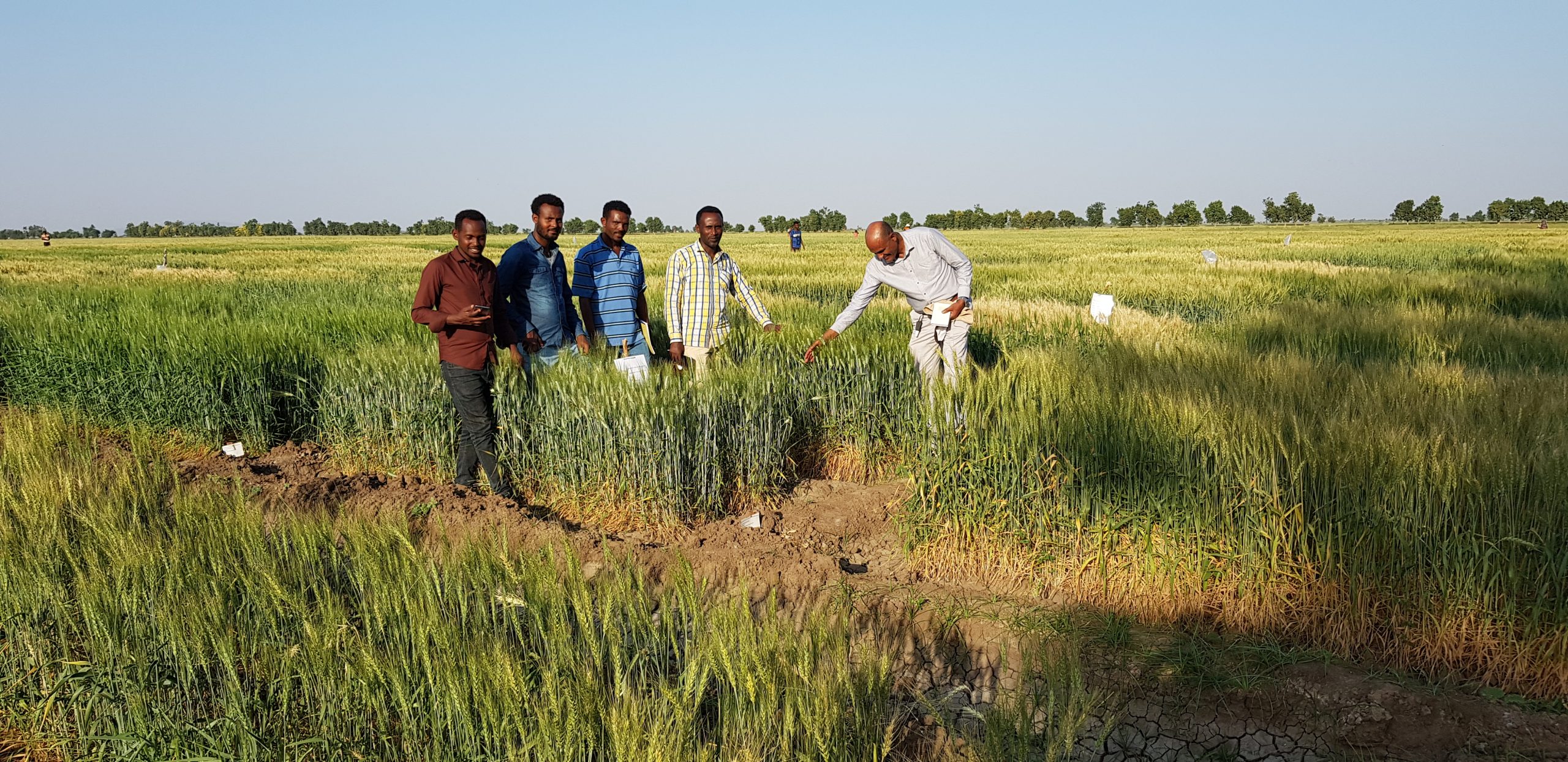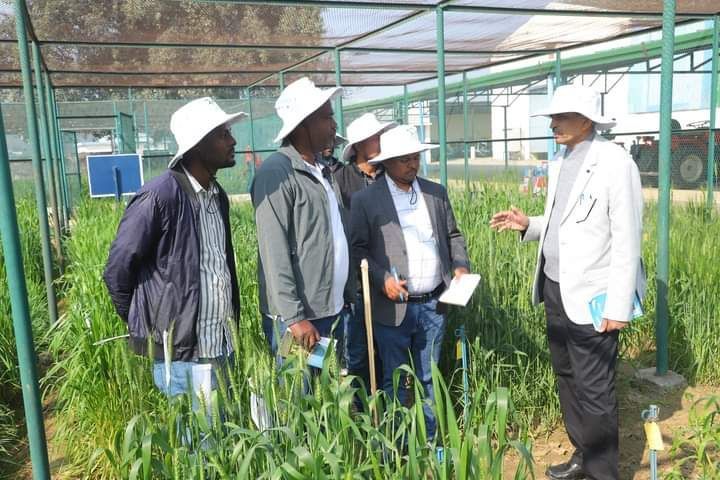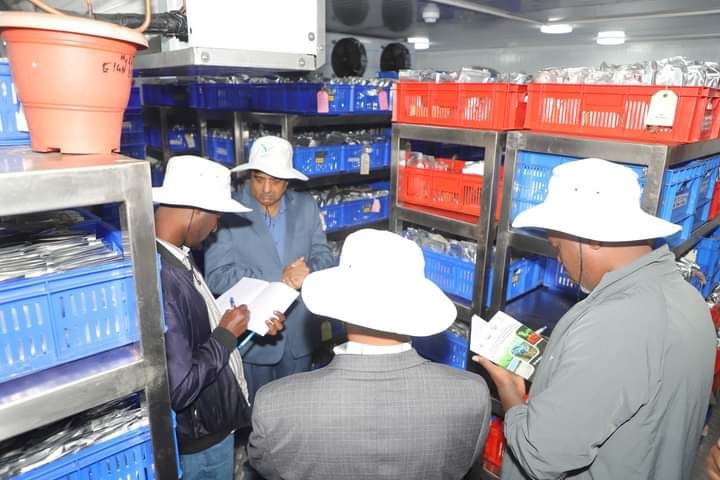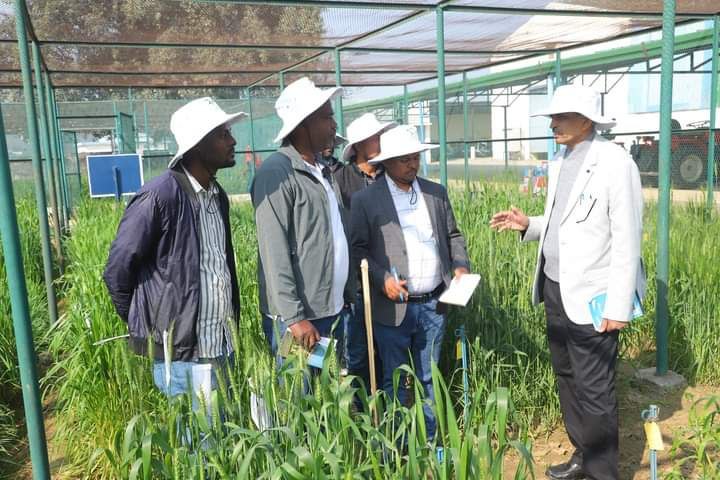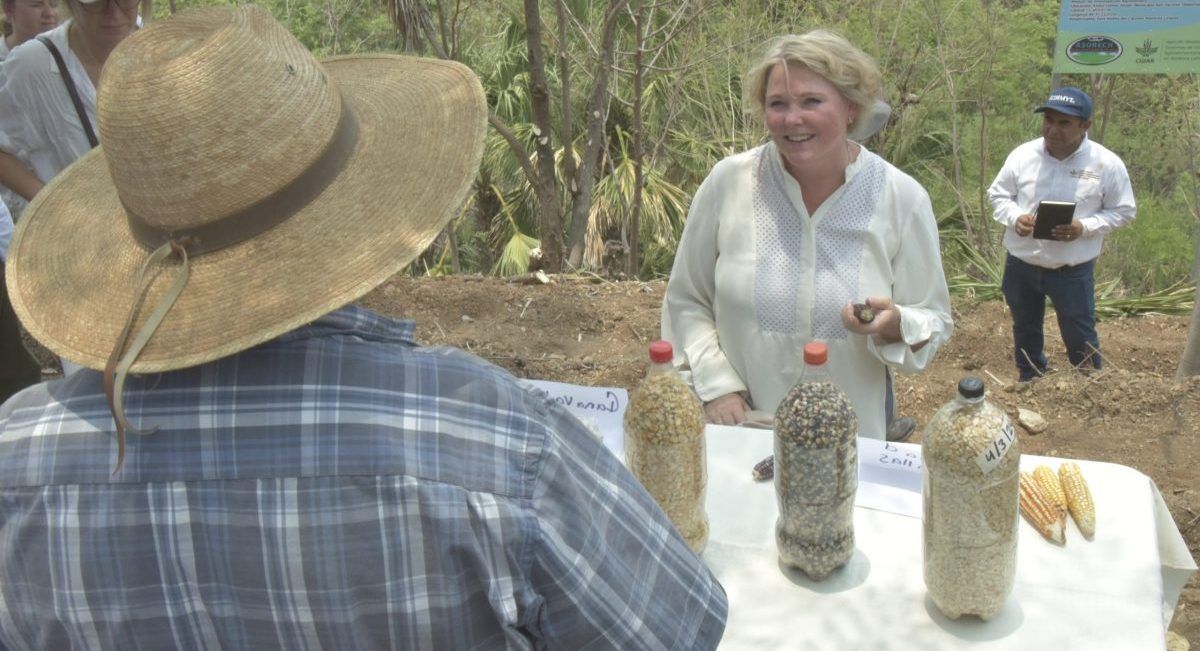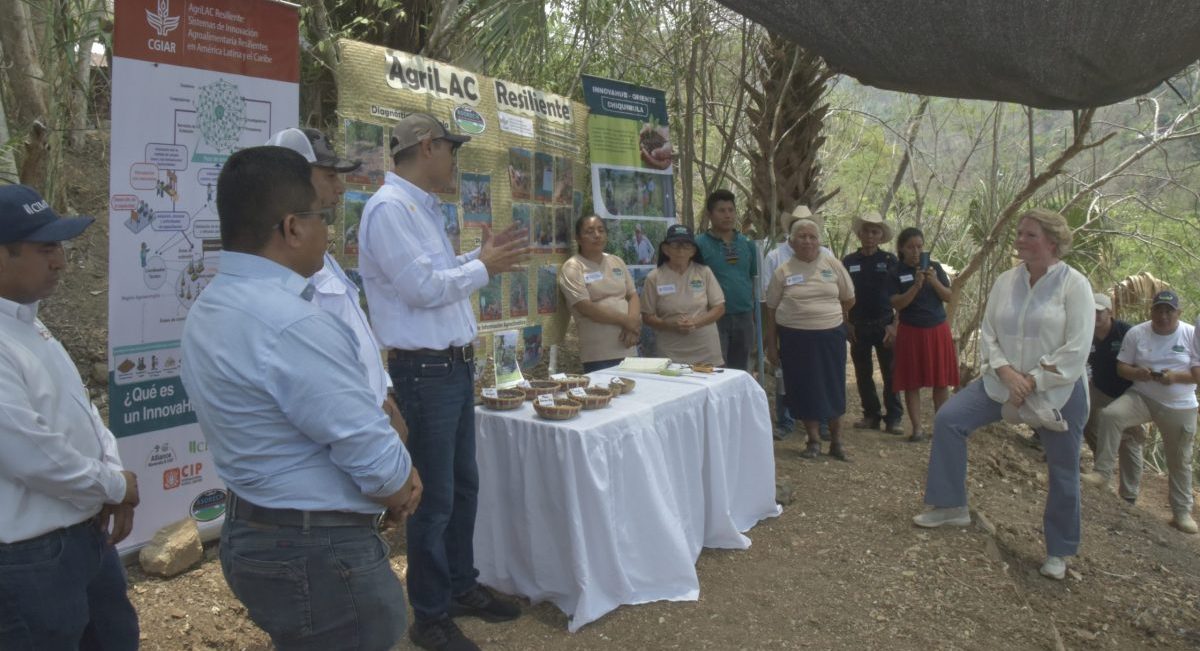Launch of a new Global Partnership for the Vision for Adapted Crops and Soils initiative

Rome/Texcoco, Mexico – An initiative to build resilient agrifood systems grounded in diverse, nutritious, and climate-adapted crops grown in healthy soils, today marked another milestone through a new partnership between the Food and Agriculture Organization of the United Nations (FAO) and CIMMYT, a CGIAR Research Center.
FAO and CIMMYT signed a Memorandum of Understanding establishing a Partnership for the Vision for Adapted Crops and Soils (VACS) initiative. The joint Partnership will play a pivotal role leading efforts to coordinate, grow, and strengthen the VACS movement across a wide range of public and private stakeholders.
“By joining forces with CGIAR and CIMMYT, we bring together our collective capacities to build a strong momentum and platform to advance the VACS,” said FAO’s Director-General QU Dongyu. “VACS effectively brings together the Four Betters set out in the FAO Strategic Framework 2022-31: better production, better nutrition, a better environment and a better life – leaving no one behind.”
“Our 2030 Strategy focuses on strengthening agrifood systems to increase nutritional value and climate resilience,” said CIMMYT’s Director General, Bram Govaerts. “We are proud to stand united, through VACS, with FAO, whose excellent track record on policy work and networking with national governments will help equip farmers with resilient seed and climate-smart cropping systems that regenerate, rather than degrade, the soils on which their diets and livelihoods depend.”
Launched in 2023 by the U.S. Department of State in partnership with the African Union and FAO, the VACS movement aims to build sustainable and resilient agrifood systems by leveraging opportunity crops and building healthy soils to enhance agricultural resilience to climate change and improve diets. Nutrient-rich and traditional crops like sorghum, millet, cowpea, and mung bean are vital for food security and nutrition under climate change but have seen little attention so far. VACS recognizes the interdependence of crops and soils: Crops need good soil to be productive, and different crops can only be sustainably grown on some types of land.
FAO-CIMMYT partnership aims to boost farm productivity and nutrition
Since its launch the VACS initiative has supported many activities including the Quick Wins Seed Systems Project in Africa, which promotes the adoption of climate-resilient dryland grains and legumes and helps smallholders access seeds of local nutritious crops like pearl millet, finger millet, and mung bean, and connects them with markets and agri-services. Meanwhile, the VACS Fellows programme trains African breeding professionals, strengthening regional agrifood systems. In Central America, InnovaHubs partner with CGIAR, Mexico, and Norway to connect farmers with markets, technologies, and high-quality seeds. FAO, through its work, including as part of the International Network on Soil Fertility and Fertilizers (INSOILFER) and the Soil mapping for resilient agrifood systems (SoilFER) project, assists members with the implementation of sustainable and balanced soil fertility management for food security and to promote actions to enhance the link between nourished healthy soils and opportunity crops.
Leveraging on the expertise and mandates of both CIMMYT and FAO, the new joint VACS Partnership will support, coordinate and amplify the impact of all stakeholders of the VACS movement, public and private, through the following functions:
- Strategy: The Partnership will develop and maintain a VACS strategy, including by defining its mission, objectives, and approach.
- Resource Mobilization: The Partnership will work with public and private sector donors to increase investments in VACS-aligned work.
- Donor and Implementer Coordination: The Partnership will coordinate work among major VACS donors and implementers, including by coordinating the VACS Implementers’ Group.
- Stakeholder Engagement: The Partnership will strengthen ties across public and private stakeholders to catalyze action in support of VACS, including by coordinating the VACS Community of Practice and the VACS Champions program.
- Shaping the Policy Environment: The Partnership will coordinate the development of a VACS policy agenda and work to advance it at the local, national, and multinational levels.
- Communications: The Partnership will elevate the importance of diverse crops and healthy soils as a fundamental means of advancing a range of sustainable development goals.
- Results Management: The Partnership will develop and maintain a results management framework to track progress in achieving VACS objectives.
About CIMMYT
CIMMYT is a cutting edge, non-profit, international organization dedicated to solving tomorrow’s problems today. It is entrusted with fostering improved quantity, quality, and dependability of production systems and basic cereals such as maize, wheat, triticale, sorghum, millets, and associated crops through applied agricultural science, particularly in the Global South, through building strong partnerships. This combination enhances the livelihood trajectories and resilience of millions of resource-poor farmers, while working towards a more productive, inclusive, and resilient agrifood system within planetary boundaries.
About FAO
The Food and Agriculture Organization (FAO) is a specialized agency of the United Nations that leads international efforts to defeat hunger.
Our goal is to achieve food security and nutrition for all by enabling all people to have regular access to enough locally appropriate high-quality nutritious food to prevent all forms of malnutrition and to lead active, healthy lives. With 195 members – 194 countries and the European Union, FAO works in over 130 countries worldwide.
For more information or interviews:
Jelle Boone
Interim Head of Communications, CIMMYT
j.boone@cgiar.org
Mobile/WhatsApp: +52 595 1247241
Peter Mayer
FAO News and Media
peter.mayer@fao.org
